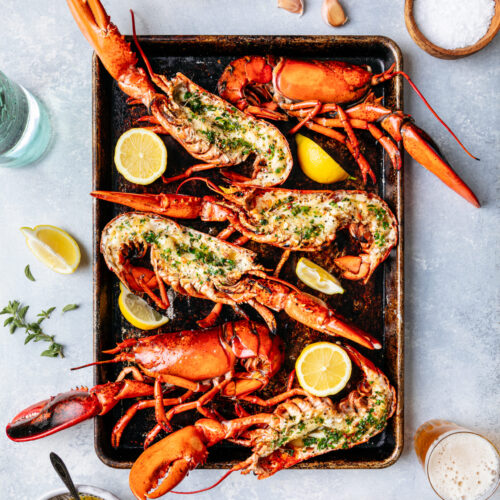
Kippers are back on the menu: how herring made a comeback in UK cuisine
The story of herring in the UK
In the past, kippers, salted and cold-smoked herring, were a cheap and nutritious food not only to the British but to countries like Germany, Russia, and the Baltic states, where they were exported. The dish was considered a delicacy, and even the Queen of England had them for breakfast. Herring was once second only to cod in the list of Britain's favourite fishes. However, in the 1970s, herring populations crashed because they were being fished to unsustainable limits, causing the industry to shut down. This event led to many fisheries and herring processors going bankrupt, and thousands of jobs were lost as a result.
The return of kippers
Decades later, herring is making a comeback. Many chefs, such as Cyrus Todiwala, Rick Stein, and Richard Corrigan, are reintroducing herring and kippers to their menus. Supermarkets like Tesco, Aldi, and Asda offer sustainably sourced kippers, with sales of MSC-labelled herring up by more than 25% in the past couple of years, and more than 2m tins and packets sold last year, more than double the figure from five years ago.
Why herring is good for you
Herring has a rich heritage, history, and culture and is very good for health. It is highly nutritious, rich in omega-3, vitamin B12, and vitamin D, making it a very affordable wild protein. However, people have forgotten the art of eating herring, and kippers are still considered old-fashioned.
Challenges in the herring industry
Fluctuations in consumer demand for herring are nothing new. During the first world war, when fishers were called up to fight, the export market collapsed, and the Herring Industry Board was created in 1935 to promote the fish's health virtues. Since the herring stock had fallen in the 1970s, demand has dwindled. Also, quality control became an issue, and there were poor-grade kippers produced with added colouring to shorten the smoking time, reducing the quality.
In contrast, with stocks thriving for North Sea herring, the 2024 quotas will increase by 28.3%. However, there are challenges in the herring industry. The abundance of predators such as cod or the plankton on which herring feed, both of which are affected by the climate crisis, can affect herring. Also, total allowable catches were 40% above the scientific recommended volume, which led to reduced stocks and the loss of MSC certification for the Atlanto-Scandian (AS) herring fishery in 2020.
How to enjoy herring
Splitting kippers into a butterfly shape from head to tail, then gutting them, brining, and traditionally cold-smoking over oak wood chips for up to 16 hours creates smoked kippers. Often, kippers are eaten for breakfast. Herring can also be used in salads, patés, or in kedgeree. Other herring recipes include:
- Painted Ladies - Smoking fish for a shorter time meant processors could retain moisture, and they added coal tar to dye the fish brown to look more like conventional kippers.
- White herring – Salted and cured in barrels for export, most herring was processed this way during the 19th and 20th centuries.
- Red herring - Great Yarmouth was notable for salting and cold-smoking whole herring for a few weeks to prolong the shelf life.
- Bloaters - Herring smoked whole, guts included, giving it a gamey taste.
- Rollmops - Herring fillets are marinated in vinegar, rolled up around sliced onions and held in place with wooden sticks.
- Soused herring - Fillets cured in salt then soaked in a vinegar and sugar brine. A range of additions to the marinade can include herbs, onions, bay leaves and juniper berries.
Originally Post From https://www.theguardian.com/environment/2023/nov/04/comeback-kipper-fall-rise-britains-favourite-breakfast-fish
Read more about this topic at
Herring make a comeback
Jamel Herring comeback set for November 7th on DAZN


Social Plugin